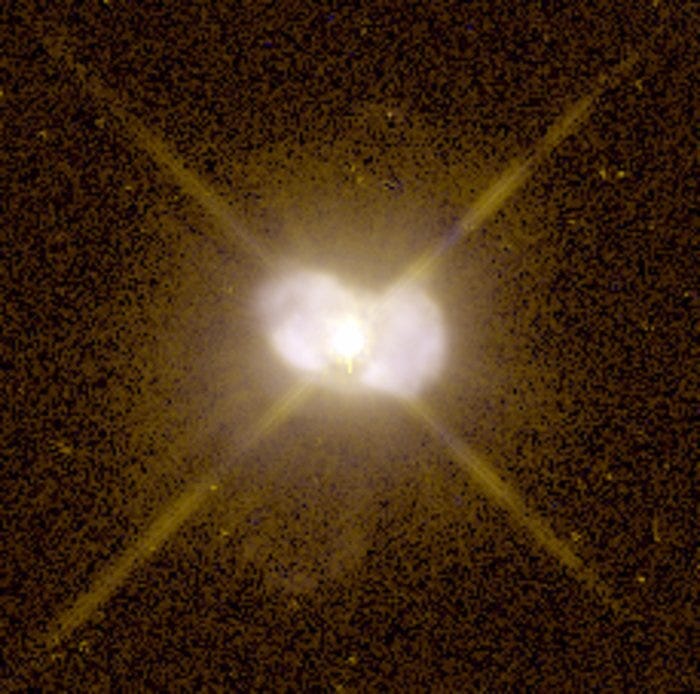Exploring Hydrogen Absorption in Planetary Nebulae
Written on
Chapter 1: Understanding Planetary Nebulae
The study of planetary nebulae offers a glimpse into the lifecycle of stars. Specifically, researchers have discovered the presence of neutral atomic hydrogen absorption in the planetary nebula IC 4997, indicating the existence of cold hydrogen gas.
This paragraph will result in an indented block of text, typically used for quoting other text.
Section 1.1: The Lifecycle of Our Sun
Our Sun is classified as a main-sequence star, suggesting that in roughly five billion years, it will expand into a red giant. Eventually, it may shed enough mass to become a white dwarf. During this transformation, it may eject layers of gas and dust, resulting in a beautiful planetary nebula, which would be a fascinating sight—if humanity were still around to witness it.
Section 1.2: Observing IC 4997
Fortunately, we can study other planetary nebulae to gain insights into the chemical evolution of stars and galaxies. A recent paper published on arxiv.org focuses on one such nebula, IC 4997, observed using the Five-hundred-meter Aperture Spherical radio Telescope (FAST) in China. Located about 8,000 light-years away in the constellation Sagitta, IC 4997 features a bright central star and high surface brightness, making it an attractive target for study.

Chapter 2: The Significance of Hydrogen Absorption
Recent analyses of radio data have revealed neutral atomic hydrogen absorption in IC 4997. This indicates a significant presence of cold hydrogen gas. The nebula's atomic shell is estimated to contain around 17 septendecillion hydrogen atoms (17 followed by 54 zeros), a staggering figure. Furthermore, the data suggests that this shell was expelled at least 1,000 years ago. However, as is often the case with planetary nebulae, the total mass observed remains lower than anticipated.
The video titled "Using Spectral Lines to Determine What Elements are in Stars" explores the techniques used to identify elements in stellar atmospheres, shedding light on the composition of stars and their evolutionary paths.
In summary, while the findings from IC 4997 contribute intriguing data to the field, they do not fully address the persistent issue of missing mass in planetary nebulae. Nevertheless, FAST is poised to tackle this challenge, with plans to observe additional planetary nebulae in the future.
More Information
- Research sheds more light on the properties of young planetary nebula IC 4997 (Phys.org)
- “FAST search for circumstellar atomic hydrogen–I: the young planetary nebula IC 4997,” Xu-Jia Ouyang et al., to be published in The Astrophysical Journal (preprint on arxiv.org)
This article was created for the Daily Space podcast/YouTube series. For more updates from Dr. Pamela Gay, Erik Madaus, and myself, visit DailySpace.org.